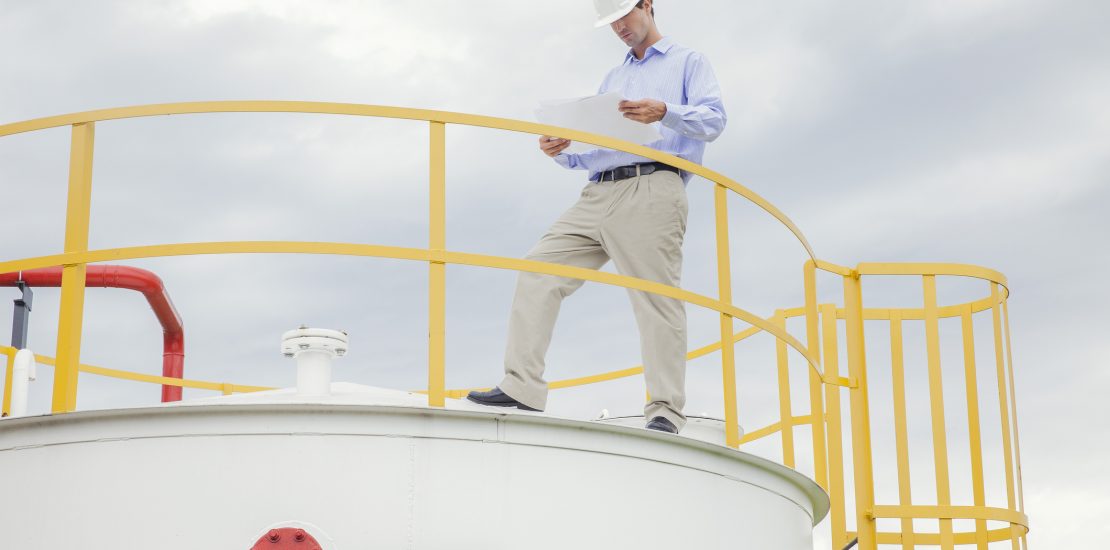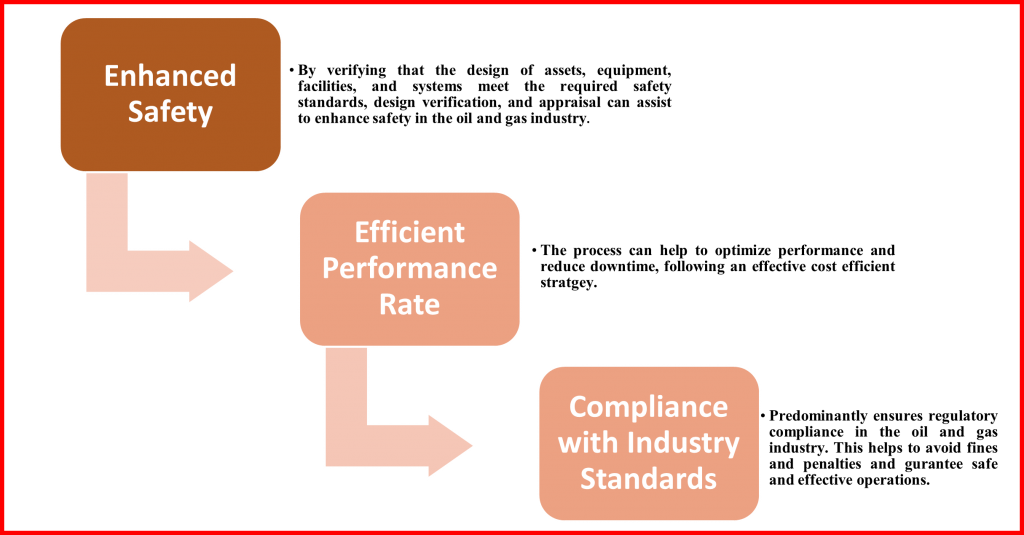An Overview of Executing Systematic Design Verification & Appraisal
- April 11, 2023
- Posted by: Velosi Author
- Categories: Engineering, Insights

What is Design Verification and Appraisal?
Design verification and appraisal are critical processes in the oil and gas industry that regulate and ensure the safety and effectiveness of assets, equipment, and facilities. It is an extensive process of verifying the design of a system or component meets the specified requirements, on the other hand, design appraisal involves evaluating the design to ensure it fully complies with the relevant operational and industry standards and regulations set. To efficiently execute systematic design verification and appraisal, we need to have a thorough and conceptual understanding of the whole process.
Conceptualizing Design Verification Process
Design verification and appraisal is a vital process that guarantees the safety, and efficacy of assets and systems within the oil and gas industry. Concerning the above paragraph, the primary goal of design verification is to regulate and analyze a seamless process that encompasses functional, performance, safety, and regulatory industry requirements. This process will utilize several stages, including design reviews, tests, and analysis. Design reviews serve to assess the design against the requirements and identify any potential issues or shortcomings. Testing, on the other hand, verifies that the design performs as intended and follow the necessary guideline and specifications. Lastly, the analysis stage is set to formulate technical criteria for each requirement to ensure compliance with specific safety thresholds and industry operational principles.
Important Steps to Execute Systematic Design Verification and Appraisal
The following steps shall be followed to carry out a relatively systematic design verification and appraisal technique:
- Outline important key notes of scope and objectives
This step involves identifying the system or asset to be verified or appraised. Important keynotes will portray specific requirements to be fulfilled and determine the industrial regulatory standards to follow accordingly.
- Execute a well-structured design review
This design review step is carried out to assess the design against the requirements and analyze any potential issues through a checklist or other pen-down tools to ensure a comprehensive analysis of all important design aspects.
- Perform testing and analysis procedure
After carrying out the design review process, it is necessary to execute testing, and analysis procedures to assure that the design complies with industrial standards. This process can incorporate functional testing, performance testing, and technical testing and analysis to value relative health and safety factors.
- Document recommendations and enforce changes accordingly
This step involves the documentation of recommendations based on the outcomes of testing and analysis to enhance the design and ensure international industry compliance. This may entail alterations to the design, materials, or production process. After these changes have been executed, the design can be reassessed to ensure that it complies with the requisite requirements.
Common Challenges in Design Verification and Appraisal
Design verification and appraisal can also pose significant challenges, such as:
- Resource Constraints
A major challenge in design verification and appraisal is the scarcity of resources such as time, budget, and personnel. These processes can be demanding in terms of time and require specialized expertise that may be difficult to acquire.
- Complex Design Structures
The complexity of designs in the oil and gas industry can be highly sophisticated and require a thorough comprehensive approach to the underlying principles and technologies.
- Industry Standard Compliance
Adherence to regulatory requirements can also pose a challenge in design verification and appraisal. The oil and gas industry is subject to stringent regulations, and compliance with these regulations can cut down the designated time frame for executing the whole process. This can also pose a risk of generating overhead costs.
Benefits of Design Verification and Appraisal
Key benefits of design verification and appraisal process incorporate:
Significance of Design Verification and Appraisal for Efficient and Productive Operations in the Oil and Gas Industry
To conclude, design verification and appraisal follow a coherent structured approach that incorporates important steps and methodology to contribute towards improved safety, and enhanced performance, and regulate international industry standard compliance. By prioritizing design verification and appraisal in engineering design projects for the oil and gas industry, weaknesses and areas for improvement can be potentially identified and analyzed. This in turn can reduce the cost of amendments and prevent project delays, promoting safe, effective, and productive operations.
Velosi Asset Integrity Limited is set to assist organizations through our team of experts who possess extensive experience in the oil and gas industry and can provide tailored solutions by performing design verification and appraisal process as specified through global industry standards such as ASME, ACI, API, ASCE, BS, and TEMA, among other industry measures.
Please contact us for more information and assistance.



